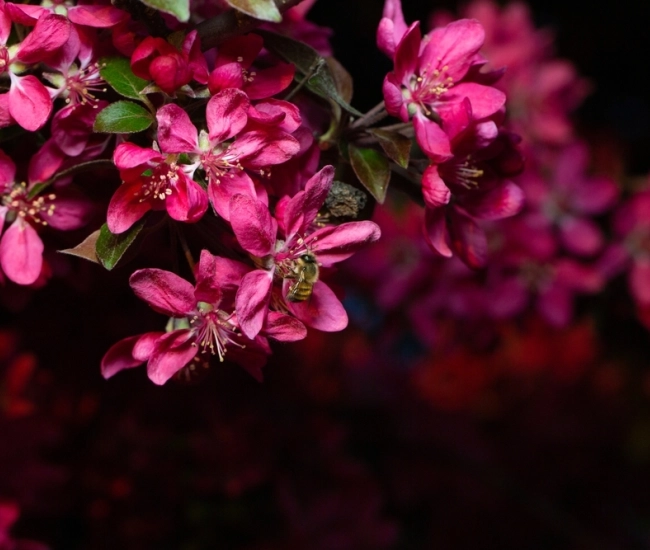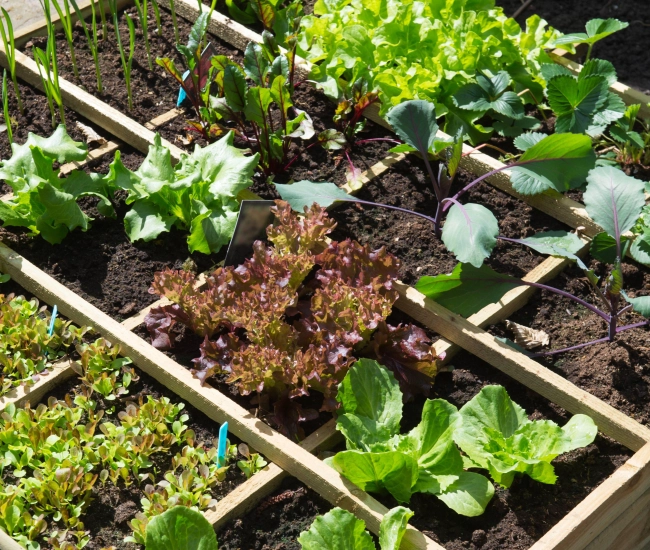
Text by Hélène Baril – Horticulturist, speaker & author
__
The gardening season in the vegetable garden is coming to an end. Grown in the ground or in containers, carrots, squash, beets, kale, Swiss chard, celeriac, and other fall vegetables are ready to be harvested, not to mention the less frost-sensitive herbs. Once this final step is completed, it's time to assess your vegetable garden's production.
The good and not-so-good moves... and the solutions
Although it is not necessary to wait until the end of the harvest to notice what is wrong and intervene at the right time, autumn remains the best time to assess the situation in the vegetable garden. Not enough of... too much of... no or few blooms, insect infestations, disease proliferation, etc. Of course, you must also consider the good moves and fruitful results. Taking photos throughout the summer and creating a crop journal identifying each plot or growing container, as well as sketches marking the location of the plants, help to better target and understand the problems and choose viable solutions. Additionally, these planning tools will allow you to properly apply crop rotation principles, a cultivation method essential for optimizing your harvests.
ABC of crop rotation and companion planting
Crop rotation involves annually alternating the different crops in each plot of the garden to protect the plants against diseases and pests. Moreover, by changing the location of vegetable plants, the soil's nutritional quality and structure will be enhanced, ensuring optimal yield from the cultivated spaces.

Companion planting is an ancient technique aimed at associating plants that will have a beneficial effect on each other. Several plants naturally repel pests with their scent, attract pollinating insects, promote the growth of surrounding plants, or serve as support or windbreaks. Furthermore, companion planting promotes biodiversity. Using a companion planting chart helps to better understand beneficial or harmful associations.
Let's not forget the pollinators

Bees, butterflies, birds, and other pollinators are welcome in the vegetable garden. Their presence is essential to ensure the production of fruits and vegetables. By introducing brightly colored nectar-producing plants (nasturtiums, agastache, marigolds, calendula, etc.), you will encourage a wide variety of pollinators to come and visit the flowers of your vegetable plants.
This winter, let's plan
Whether it's a container garden, raised beds, or rows, each cultivable plot needs to be well planned. Here is a small checklist to meet the needs of the vegetable plants you have selected.
• Choose seeds or plants suited to the chosen cultivation method (some plants do not like being grown in containers).
• Have a good understanding of the needs of each vegetable plant (water, soil, sunlight, compost, etc.).
• Provide enough space for each crop (Remember that "small plant will become large").
• Amend the soil according to the compost needs of each crop.
• Introduce flowering plants for companion planting and pollination.
• Respect the hardiness zone of your region and the recommended sowing or planting period.
And above all... Dare to be different and explore lesser-known varieties.
```
Tips and advice



